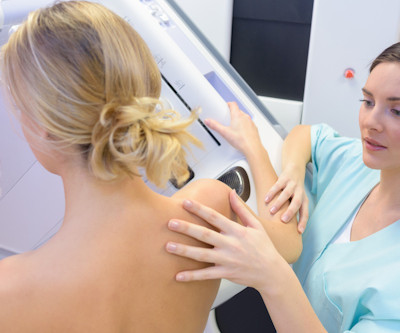AI helps select patients for supplemental breast cancer screening
AuntMinnie
APRIL 9, 2024
An AI-based method can outperform models based just on breast density analysis for identifying patients who would benefit from supplemental imaging, according to research published April 9 in Radiology. What’s more, the AI score could potentially have saved more than twice the number of years of life than relying on density measurements. “In











Let's personalize your content